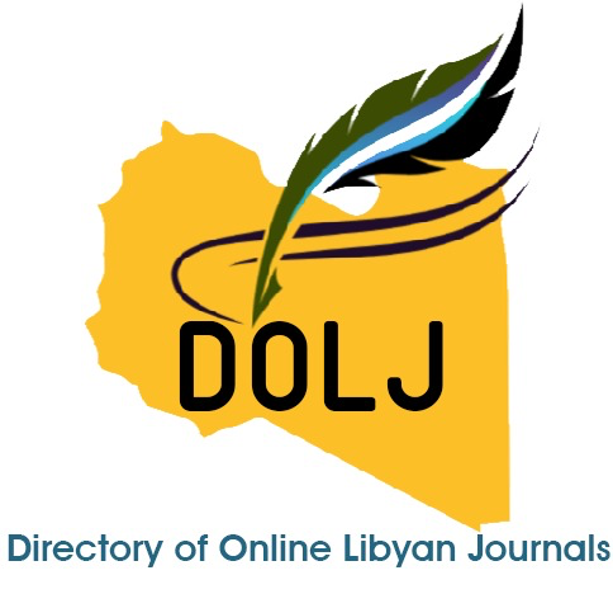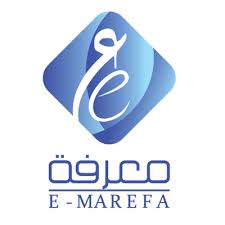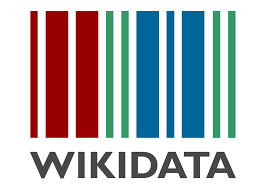Requirements for Submission of manuscripts
1- The author who chooses to submit their manuscript via the journal's email must fill out the Publication Request Form (Form No. 01) in addition to the Unified Declaration Form – “Publication Ethics and Conflict of Interest” (Form No. 02). These two forms can be filled out either manually or electronically. (Forms and Journal Template)
2- The author shall submit a printed copy of the research paper formatted according to the journal's template, along with an electronic copy in Word format either on a CD, via email to the journal, or through the journal's electronic submission platform.
3- The editorial board is to issue a special number for the manuscript and to be written down on every related document. The number consists of two parts:
- The first part is composed of four digits which represent the year in which the manuscript is submitted.
- The second part is composed of two digits to show the sequence of article submission.
4- The editorial board first checks the manuscript to ensure it conforms to the journal requirements for publication; being scientifically sound, relevant, and clear before sending it to the referees. The manuscript might be rejected if it is of insufficient quality or outside the scope of the Journal. The editor-in-chief should notify the author by writing a report explaining the reasons behind the rejection. However, the author has the right to apply for a re-submission of their manuscript.
5- All submitted manuscripts are screened using Turnitin similarity detection software to ensure their originality and compliance with proper citation standards, preventing unattributed or excessive borrowing from existing sources Similarity and Citation Policy
.
6- The permissible citation percentage in manuscripts submitted to the Journal of the Faculty of Arts shall not exceed 20% of the total text for research in social and educational sciences, and 25% for research in the fields of languages, literature, history, and philosophy, in accordance with the following guidelines:
- Originality and Analysis: Research should prioritize original contributions and critical analysis, using quotations only when necessary to contextualize arguments or reference foundational concepts.
- Direct vs. Indirect Quotation: The acceptable quotation ratio includes both direct and indirect forms, with direct quotations capped at (50%) of the total allowance.
- Exceptions for Scholarly Necessity: The editorial board may grant exemptions to the standard limit only if the research justifies it (e.g., for critical textual analysis or theoretical discussion). Authors must submit a written request to the editor-in-chief, detailing the academic rationale for the higher quotation ratio.
7- Submitted manuscripts are assigned only to highly qualified professors selected as journal referees based on their expertise, to review and evaluate the manuscripts.
8- The referee is designated only to evaluate and provide feedback according to the forms prepared by the Journal editorial board without making any sort of corrections or amendments to the original content.
9- The evaluation results are classified as follows:
- a. Valid for publication
- b. Valid for publication after making minor amendments
- c. Valid for publication after making major amendments
- d. Not valid for publication
10- Manuscripts will not be considered for publication unless they get 65% out of the total points.
11- The evaluation period is 15 days from the date of receiving the manuscripts. If the referee fails to provide the feedback within this period, the editorial board will not accept his/her feedback. In that case, the editorial board will designate another referee to finish the evaluation. The results of evaluation might be accepted if the referee reveals the causes of delay.
12- The editorial board has the right to reject a referee’s report if they did not present valid reasons for the feedback about the manuscript within the specified period.
13- The manuscript is to be returned to the author together with the feedback if the referee decided that it is valid for publication with amendments. If, however, the author did not accept the referee’s decision, then it is up to the editorial board either to assign another referee or to make the final decision about the fate of the manuscript.
14- The evaluation of the manuscript is to be done according to the forms set by the editorial board.
15- The evaluation results are confidential and not to be disclosed.
16- The Journal of the Faculty of Arts – University of Misurata adopts a rolling publication model within an open issue, whereby accepted articles are published immediately within the current issue without waiting for the issue to be complete. The open issue is continuously updated throughout the publishing period, and is later finalized and archived as a regular issue. This model ensures faster dissemination of research while maintaining stable publication metadata (year, issue number, pagination, DOI) and compliance with international indexing standards.












